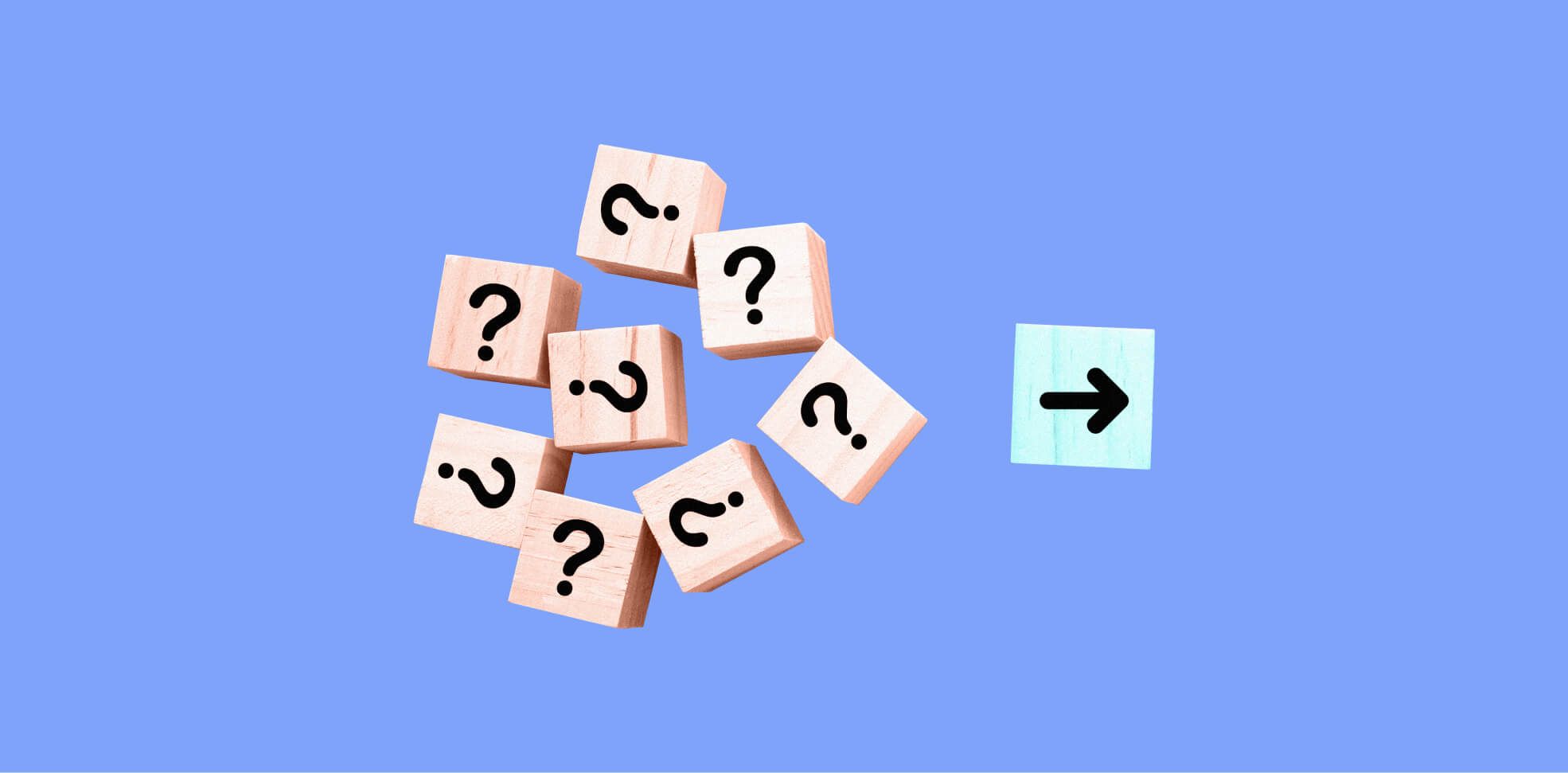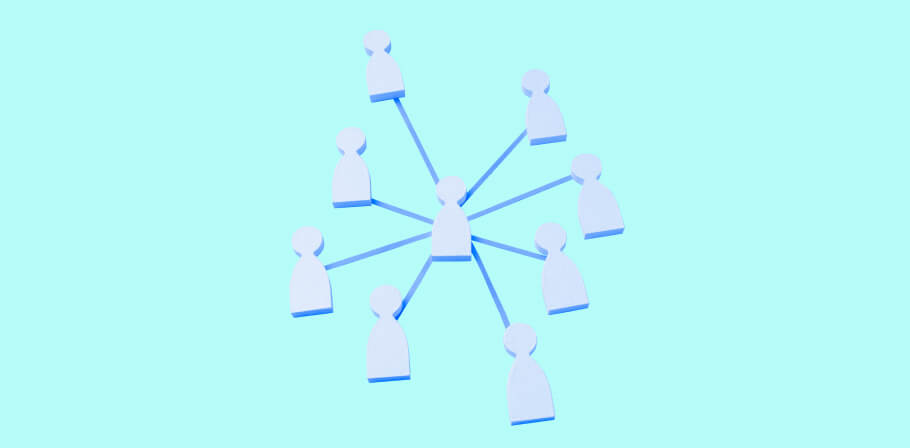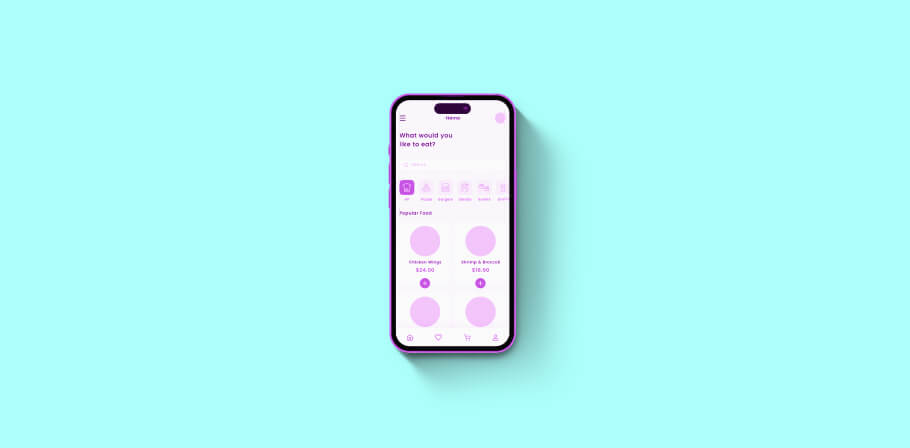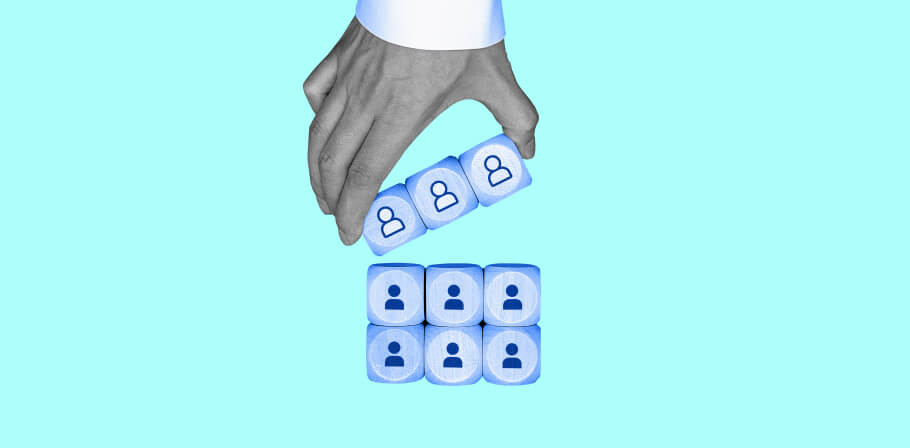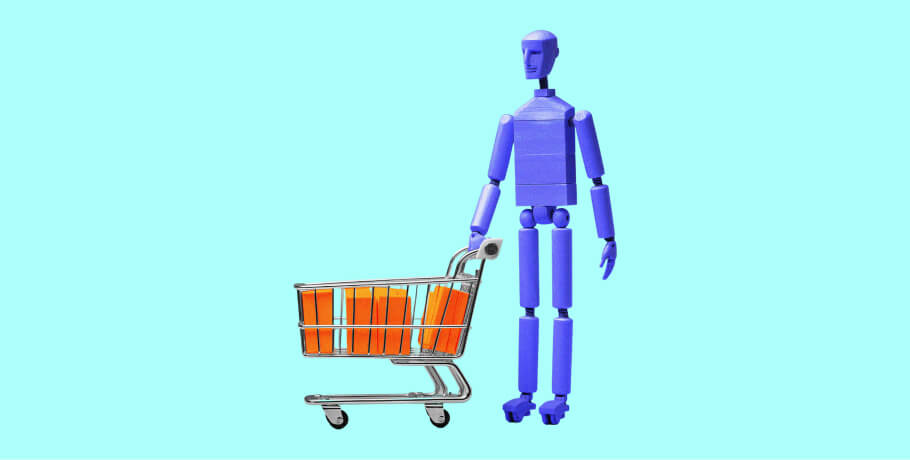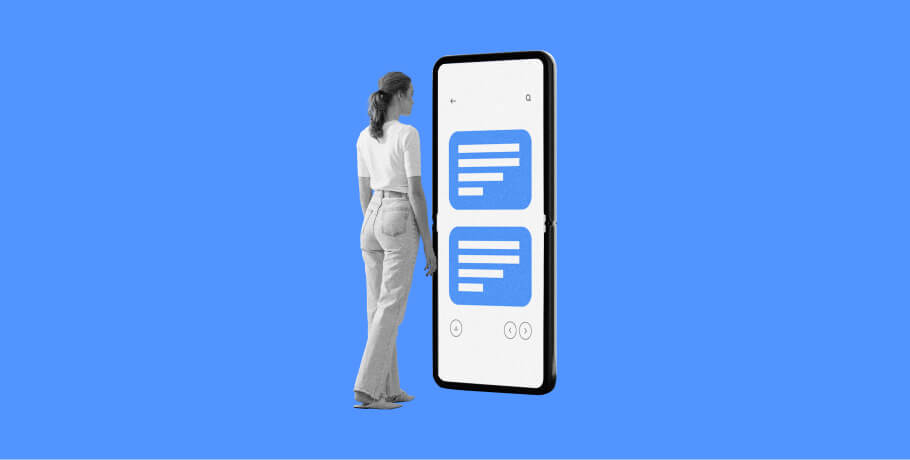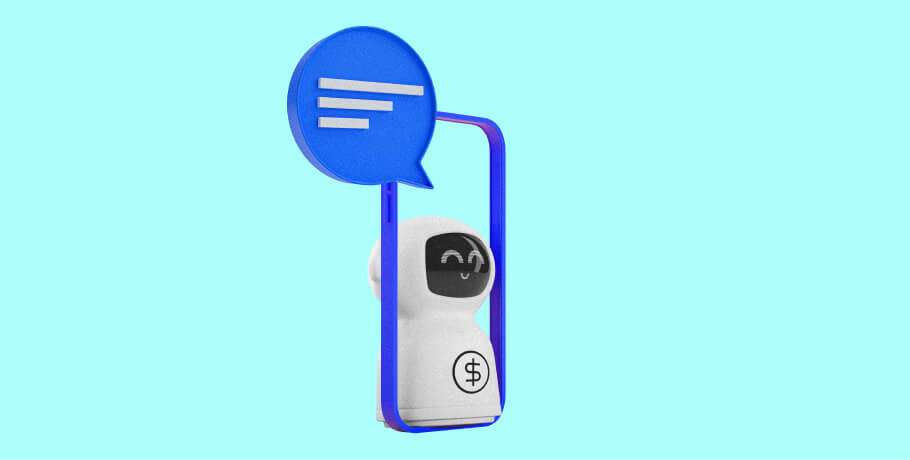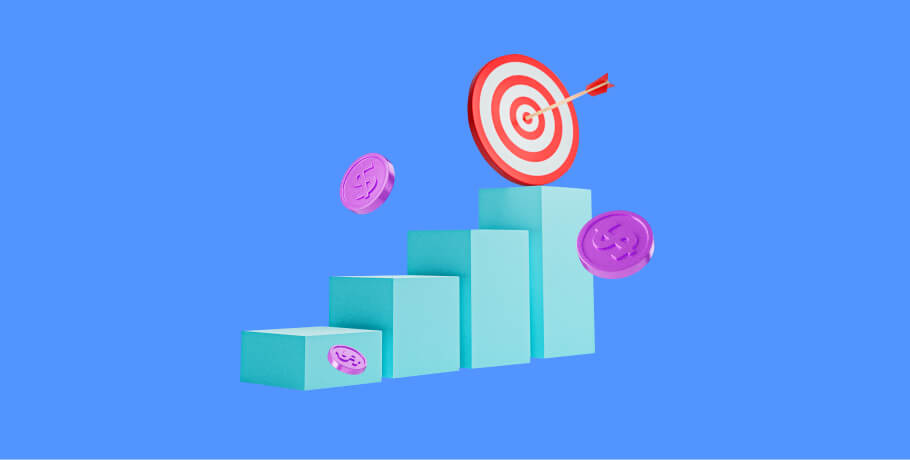The software development process is lengthy and complex and requires project management understanding alongside technical skills. Knowing which approach to choose when starting a new development is vital, as it can determine the future success or failure of the project. There are a plethora of various software development services and models suitable for different scenarios. Failing to select the appropriate model can have detrimental consequences for the entire project and hinder scalability, lead to overspending, cause delays, and damage the quality of the final product. In this article, we will explore each approach, take a look at the comparison of SDLC models in tabular form and share our experience on selecting the most suitable model for various projects.

Software Development Models Comparison
In short, each software development life cycle comprises the following stages: requirement analysis, UX/UI design, development and testing, implementation, documentation, and maintenance. Dispensing on the project and the model, you can have different approaches to dealing with the phases that might have different outcomes. In this section, we will dive into the various types of SDLC models to make a comprehensive comparison between various software process models.
Waterfall Model
The Waterfall model has a sequential approach that breaks down activities into defined stages and does not move to the next phase before the last one is finalized.
Overview
The Waterfall software development model is the oldest and works linearly. The next phase is not launched until the previous one is finished, verified, and documented. The Waterfall model is highly constrained and rigid and does not allow much room for changes and flexibility, which can be beneficial and harmful depending on the project. This type of SDLC is commonly used for engineering design projects where a linear flow and tight structure work as an advantage. The main reasons for opting for a Waterfall model are short-term projects, fixed requirements, static technology, concrete product definition, low involvement from the client, and preset timeline and budget.
Advantages
The biggest advantage is the simplicity and straightforwardness of the process, which is well-documented, clearly defined, and presented with evident milestones. The model delivers exactly what was planned in the estimated timeline and within the budget without any surprises. Clients can also enjoy knowing the entire process from start to finish before the process even begins.
Disadvantages
The disadvantages of the Waterfall model revolve around its inflexibility and susceptibility to bugs. Since you cannot move on to the next stage before finishing the previous one, you cannot begin testing early, which often leads to bottlenecks in the integration phase. The model is also unsuitable for larger and more complex projects that take longer and require revisiting the requirements.
INTERESTED IN APPLYING THE WATERFALL MODEL FOR YOUR NEXT PROJECT?
EPAM Startups & SMBs is a talent management agency focusing on augmenting teams with experienced developers to help them achieve their business and technical goals.
Iterative and Incremental Model
The Iterative model focuses on a simplified set of features and functions and gradually moves to more complex activities until the desired product is developed.
Overview
In the Iterative and Incremental software development model, the process begins with implementing a few requirements in a single or several iterations or increments. In later iterations, the software is expanded with additional and more complex features until the expected system is created. At the end of each iteration, the development team has a new software version that gets increasingly advanced. This approach allows the team to review the product at the end of every increment, identify its shortcomings, and implement corresponding changes to improve it.
Basically, the team goes through the entire development process during each iteration, including testing, allowing them to offer the much-needed product validation. This model is ideal for a project with clearly defined system requirements and possible additional requirements that might emerge. You can also choose this model if you are working with new technology and need extra testing to master it. Finally, products with innovative, high-risk features will also benefit from the Iterative model, since they can shift business goals during the project.
Advantages
One of the most significant advantages of the Iterative and Incremental model is flexibility and the ability to make changes. Additionally, you can begin running tests much earlier than with the Waterfall model, which delivers a risk-free and bug-free product. Especially if you have a large and mission-critical project with complex features, the Iterative model can be highly beneficial and give you more room for experimenting.
Disadvantages
The downsides are associated with higher risks and uncertainties regarding the result and final expenses. Since you are working in a flexible environment, your team might end up spending more resources than expected. This model also requires competent risk analysis to mitigate possible threats and ensure the project's success.
Spiral Model
The Spiral model is a risk-driven software development lifecycle approach that combines the Waterfall and Iterative models.
Overview
In the Spiral model, you can take advantage of the best elements of both the Waterfall and Iterative models. From the former, the Spiral model took a systematic approach and a high level of control, whereas it borrowed the cycled development process from the latter. The cornerstone of the Spiral model is a risk analysis conducted during each iteration to assess technical and management feasibility. The model's name derives from the process that works in spiral loops that eventually lead to a finished product.
The Spiral model consists of four stages: identification (requirement gathering), design, build (development), and risk analysis. Upon evaluation of the build, the customer offers feedback which triggers a new iteration. The model is perfect for high-risk ideas and long-term, complex projects with possible changes due to vague requirements.
Advantages
Since the focal point of the Spiral model is risk analysis, this model allows you to deploy higher-risk parts earlier to minimize or even eliminate the overall threats. The model is also flexible, enables changes throughout the entire cycle, and provides an opportunity to collect and implement customer feedback continuously.
Disadvantages
The downsides revolve around unclear project duration, overall spending, and the complexity of project planning and managing. The model is also unsuitable for smaller projects and isn’t applicable for low-risk product ideas.
V Model
The V model or Verification and Validation model is an extended version of the Waterfall model that includes testing at every stage.
Overview
The difference between SDLC models like Waterfall and the V-shaped model is shifting from moving down linearly to forming a V-shaped figure. The shape is created by coupling each phase of the development lifecycle (verification) with the corresponding testing phase (validation). For example, business requirement specification corresponds to acceptance testing, architecture design, integration testing, etc. The bottom part of the letter V is the coding phase that connects verification and validation elements.
The model can be applied under similar circumstances as the Waterfall model: clear requirements with little to no changes. The project should also be short-term and uncomplicated, and utilize stable technology that the team is familiar with.
Advantages
The advantages are similar to those of the Waterfall model and include project management simplicity, fixed budget, and clear requirements and outcomes.
Disadvantages
The model is inappropriate for large-scale, complex projects and has an elevated risk of failure. There is also low flexibility in implementing any changes to the functionality. Finally, customers cannot provide feedback until the latest stages, since the product doesn’t become functional until then.
Agile Model
The Agile model has taken the Iterative model and made it more adaptive and customer-oriented.
Overview
When it comes to SDLC model differences, the Agile method stands out due to its novelty, scalability, and flexibility. The Agile model is based on the Agile Manifesto, which includes a set of practices and methods that enable and promote innovation and rapid adaptation to the changing demands of the industry and clients. The model focuses on close collaboration with the customer, regular and frequent calls and reports, and aims to quickly adapt to any requirements changes. The project is broken down into small iterations, from one to three weeks, and allows different teams to work in parallel on their tasks at the same time.
Every iteration involves the same activities: planning, requirement analysis, design, coding, unit testing, and acceptance testing. Much like the Iterative model, the Agile model produces functional software at the end of each iteration to gather feedback from the customer. The Agile methodology is built on several principles, including Rational Unified Process (RUP), Scrum, Extreme Programming (XP), Kanban, Lean Development, and others. For example, in Scrum, the iterations are called sprints and are kept under four weeks. Extreme Programming uses one- to two-week-long iterations and includes pair programming, test-driven environment, and small releases. Finally, Kanban is a visualization model that uses the Kanban board to clearly represent every project task, its progress, and assignees.
The Agile model is suitable for short or medium projects that need to be deployed faster. The approach also allows continuous feedback gathering and close collaboration with the client. Finally, the Agile model offers a high level of flexibility and delivers improved software quality with lower costs.
Advantages
For smaller projects, the Agile model provides an accelerated development cycle, shorter time-to-market, and more control over the development, design, QA, and software maintenance costs. Because the product is deployed at the end of each iteration, teams can collect feedback, apply the tips to the next phase, and deliver better software.
Disadvantages
The model cannot be applied to bigger and more complex projects and is not transferable to new team members due to a general lack of documentation. The model is also contingent on frequent interactions with the client, which can be detrimental if the client stops communicating. Finally, the Agile model requires a qualified agile professional and project manager to successfully lead the project.
The DevOps Model
The DevOps model has a lot of parallels with the Agile model. However, it mainly focuses on close collaboration between the teams rather than with the client.
Overview
The DevOps software development lifecycle model is based on the DevOps methodology that embraces continuous innovation, agility, and scalability. This model nurtures a culture of experimentation, process automation, team collaboration, and continuous learning and improvement. The DevOps model comprises the following phases: continuous development, continuous testing, continuous integration, continuous deployment, and continuous monitoring. This approach applies to larger and more complex projects requiring more QA and testing focus.
Advantages
The DevOps model offers process streamlining and automation and enables early bug catching and fixing. The development and testing teams work closely together and constantly exchange feedback, delivering an improved product.
Disadvantages
The model is rather challenging to adopt and requires extensive learning and practice to master. Much like the Agile model, the DevOps approach lacks proper documentation, making project transfers more challenging.
WANT TO LEARN MORE ABOUT INNOVATIVE AGILE AND DEVOPS METHODOLOGIES?
We offer startup software development services that comply with the agile principles and deliver high-quality products in a shorter time and under a lower budget.
SDLC Model Comparison Table
In this part, we conduct a comparison between different software process models. Having a comprehensive outline of various models in tabular form can help you understand the main distinctions and gain a clearer insight into which approach works better for your project. Take a look at the comparison of software development models:

HAVE AN EXCITING APPLICATION DEVELOPMENT IDEA BUT CAN’T CHOOSE THE RIGHT MODEL?
We at EPAM Startups & SMBs will provide comprehensive answers to any relevant questions and elaborate on the comparison between different SDLC models to help you make an informed decision.
How to Choose the Most Suitable Software Development Model
Choosing the right software development lifecycle model for your company and project is not an easy undertaking. It involves a lot of research and a high grade of expertise. In this part, we will attempt to break down each scenario and assign the best possible model for it.
As you saw in the software development models comparison overview, some models are more likely to provide flexibility and room for changes than others. If your requirements are unclear, and you would like to preserve some space for changes on the go, you should opt for the Iterative or Spiral models. However, if the requirements are highly vague, and you would like to have a close collaboration between the client and the development team to allow the client to oversee every step, the Agile model is the best choice. The Waterfall and V models are ideal if you have strict requirements with little to no room for changes.
Another important criterion that we showcased in the software development life cycle models comparison is technology. If your team is unfamiliar with the technology or does not have too much experience with certain elements, the Iterative model will help you mitigate the risks. When it comes to project complexity, the Spiral and Iterative models can handle high-complexity projects. The DevOps model is also suitable for such projects, but especially for projects that require thorough and continuous testing.
Finally, if you want small releases after each iteration, go for Agile, Iterative, or Spiral models that work in iterations and deliver a functional product each time. Based on our comparison of software process models, methods like the Waterfall or V-shaped can only offer a fully-featured product at the end of the entire development cycle.
How Do We Define SDLC Model for Your Project at EPAM Startups & SMBs?
EPAM Startups & SMBs is a company with a rich history of serving various enterprises, including Fortune-500 businesses. If someone can help you choose the proper SDLC for your project — that would be us. EPAM Startups & SMBs is a reliable partner that will offer talented specialists capable of quickly assessing your project’s needs and choosing the right development strategies.
If you are interested in our software development services and want to learn more about the differences between process models in software engineering, get in touch with EPAM Startups & SMBs.
Conclusion
Developing a deep understanding of the differences between all SDLC models will help you establish a higher success rate for your project before it even begins. That’s why it’s crucial to identify the proper model during the requirement gathering phase. This phase will help you realize whether your requirements are clear or vague, your technology is stable or innovative, your team is large or small, and other criteria. This knowledge will help you better assess your starting position and select a software development model that fits the best. The correct approach will make it easier for you to further scale your project, as you will be in complete control of all the processes.
NOT SURE WHICH SDLC TO CHOOSE? ASK EPAM STARTUPS & SMBS!
If you would like to learn more about software engineering model comparison and receive assistance in any stage of your software development project, reach out to EPAM Startups & SMBs.
FAQ

Since 2011, Dmitri has been helping business readers navigate the technology market through expert analysis and editorial work. At EPAM Startups & SMBs, Dmitri shows startups and SMBs across industries how to drive business value from their software engineering investments.
Since 2011, Dmitri has been helping business readers navigate the technology market through expert analysis and editorial work. At EPAM Startups & SMBs, Dmitri shows startups and SMBs across industries how to drive business value from their software engineering investments.
Explore our Editorial Policy to learn more about our standards for content creation.
read more
